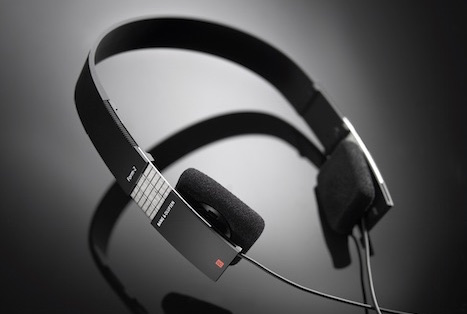
7. The Round Chair
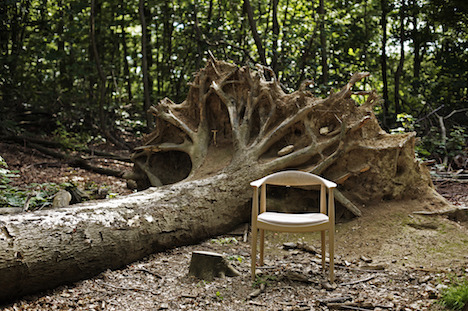
Photo: Katja Kejser & Kasper Holst Pedersen/PPMøbler
“A chair is to have no backside. It should be beautiful from all angles,” said designer Hans Wegner, also known as the 'King of Chairs'. Creator of more than 500 chairs and more than 1,000 pieces of furniture, Wegner was a perfectionist designer. In fact, despite the 1949 Round Chair earning the distinction of being called simply 'The Chair', he remained on his quest to find the best definition of a seat. “Imagine if you could just design one good chair in your life”, Wegner said in 1952, “but you simply cannot.”
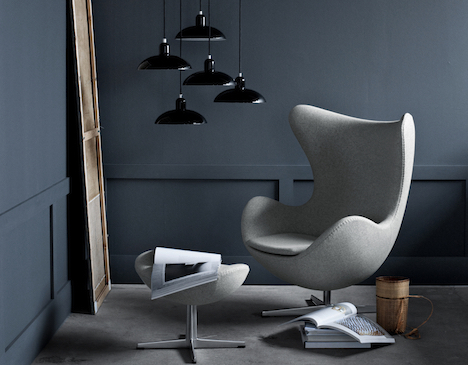
Photo: Republic of Fritz Hansen

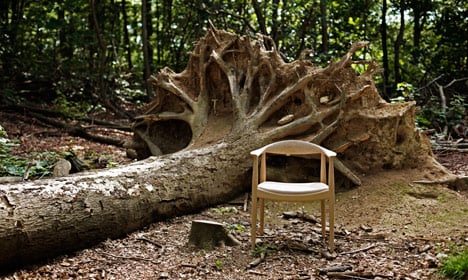
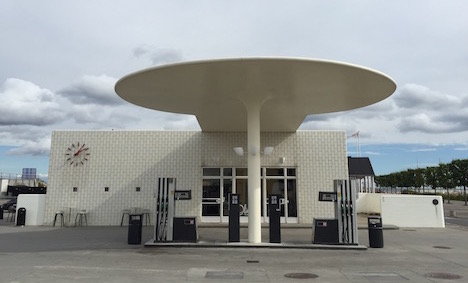
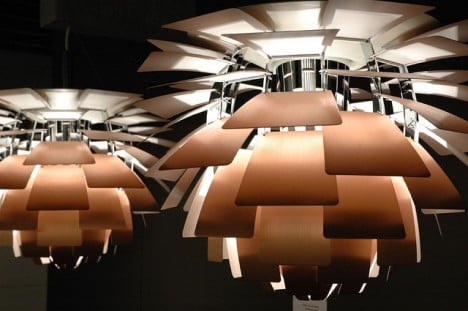
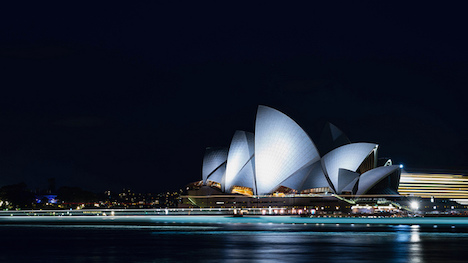
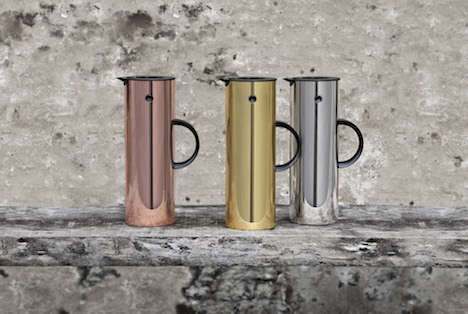
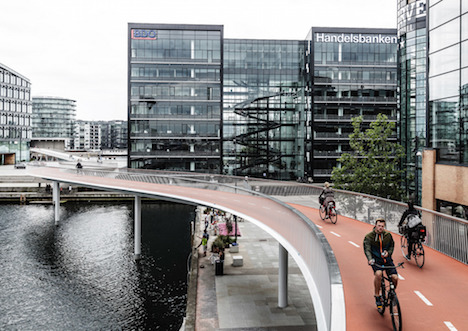


 Please whitelist us to continue reading.
Please whitelist us to continue reading.
Member comments